Focus on Preventive Healthcare
The growing emphasis on preventive healthcare is shaping the hepatitis b-treatment market. With a shift towards proactive health management, there is an increasing focus on screening and vaccination programs for hepatitis B. The CDC recommends routine screening for high-risk populations, which may lead to earlier diagnosis and treatment. This proactive approach not only helps in managing the disease but also reduces the long-term healthcare costs associated with chronic hepatitis B. As more individuals are screened and diagnosed, the demand for effective treatment options is likely to rise. Additionally, public health campaigns aimed at increasing vaccination rates are expected to contribute to a decrease in new infections, thereby impacting the hepatitis b-treatment market positively. This focus on prevention may ultimately lead to a more sustainable healthcare model.
Rising Prevalence of Hepatitis B
The increasing prevalence of hepatitis B in the US is a critical driver for the hepatitis b-treatment market. According to the Centers for Disease Control and Prevention (CDC), approximately 850,000 to 2.2 million individuals are living with chronic hepatitis B in the US. This growing patient population necessitates effective treatment options, thereby propelling market growth. The rising incidence of hepatitis B infections, particularly among high-risk groups, underscores the urgent need for innovative therapies. As awareness of the disease expands, healthcare providers are more likely to recommend treatment, further stimulating the hepatitis b-treatment market. The demand for antiviral medications and other therapeutic interventions is expected to rise, as patients seek to manage their condition effectively. Consequently, pharmaceutical companies are likely to invest in research and development to meet this increasing demand.
Advancements in Treatment Options
Recent advancements in treatment options for hepatitis B are significantly influencing the hepatitis b-treatment market. The introduction of new antiviral therapies, such as tenofovir alafenamide and entecavir, has improved treatment outcomes for patients. These medications have demonstrated higher efficacy and lower resistance rates compared to older therapies. As a result, healthcare providers are increasingly adopting these innovative treatments, which may lead to better patient adherence and outcomes. The hepatitis b-treatment market is likely to benefit from ongoing research and development efforts aimed at discovering even more effective therapies. Furthermore, the potential for combination therapies could enhance treatment regimens, providing patients with more comprehensive care. This trend indicates a shift towards personalized medicine, where treatment plans are tailored to individual patient needs, thereby driving market growth.
Increasing Healthcare Expenditure
The rising healthcare expenditure in the US is a significant driver for the hepatitis b-treatment market. As healthcare spending continues to grow, more resources are allocated towards the prevention and treatment of chronic diseases, including hepatitis B. According to the Centers for Medicare & Medicaid Services (CMS), national health expenditure is projected to reach $6.2 trillion by 2028. This increase in funding allows for better access to hepatitis B treatments and encourages healthcare providers to offer comprehensive care. Moreover, as insurance coverage expands, patients are more likely to seek treatment, further propelling market growth. The hepatitis b-treatment market stands to benefit from this trend, as increased healthcare expenditure may lead to the development of new therapies and improved patient outcomes.
Government Initiatives and Funding
Government initiatives and funding aimed at combating hepatitis B are pivotal drivers for the hepatitis b-treatment market. The US government has implemented various programs to enhance screening, prevention, and treatment of hepatitis B. For instance, the CDC has allocated substantial resources to promote awareness and education about the disease. Additionally, funding for research into new treatment modalities is crucial for advancing the hepatitis b-treatment market. The National Institutes of Health (NIH) has invested millions in hepatitis B research, which may lead to breakthroughs in treatment options. These initiatives not only facilitate access to care but also encourage pharmaceutical companies to develop new therapies, thereby expanding the market. As government support continues, it is likely that the hepatitis b-treatment market will experience sustained growth, benefiting both patients and healthcare providers.


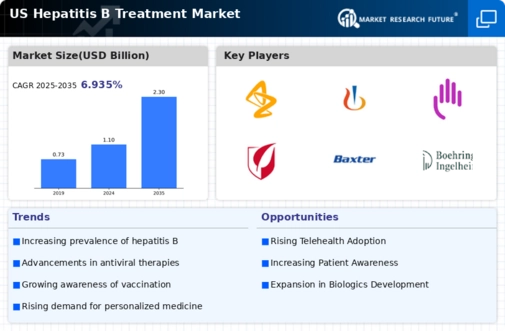
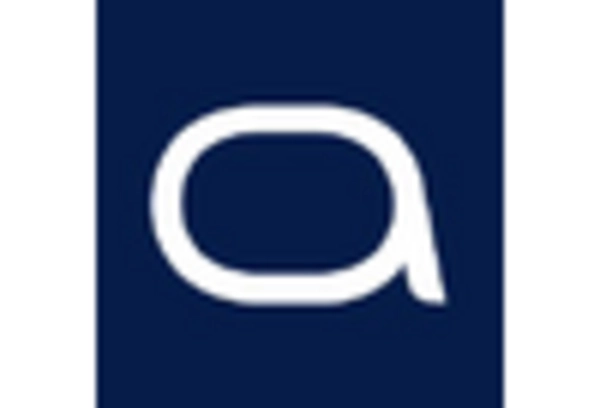
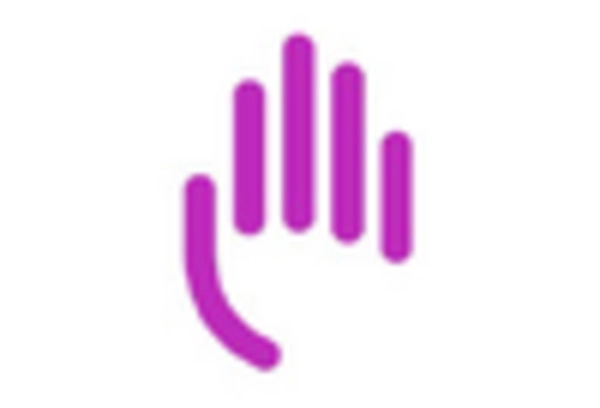
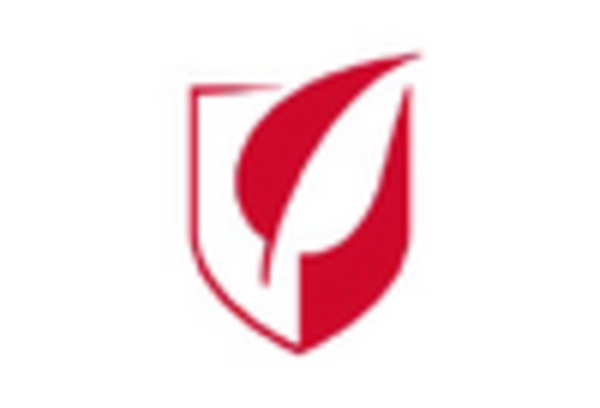
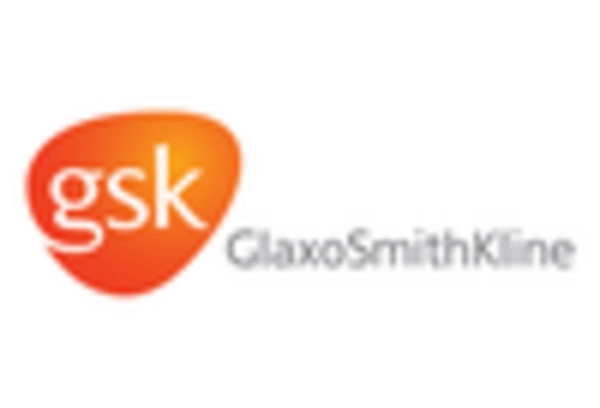
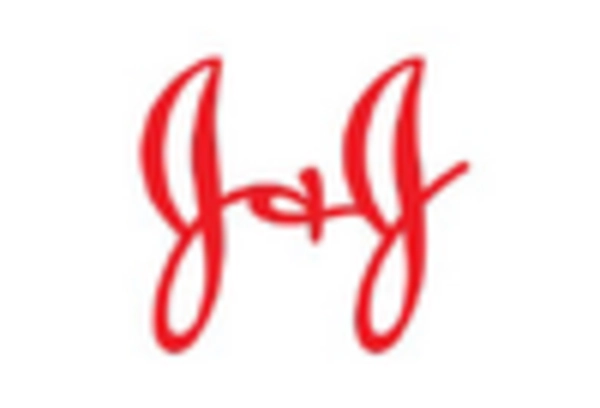
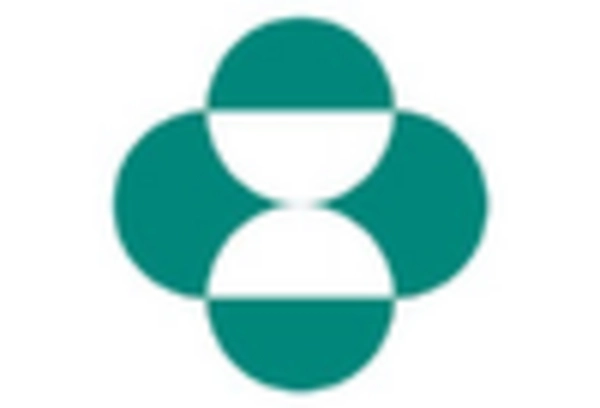








Leave a Comment